Metal Building Planning Guide – Crucial Things Needs To Be Done
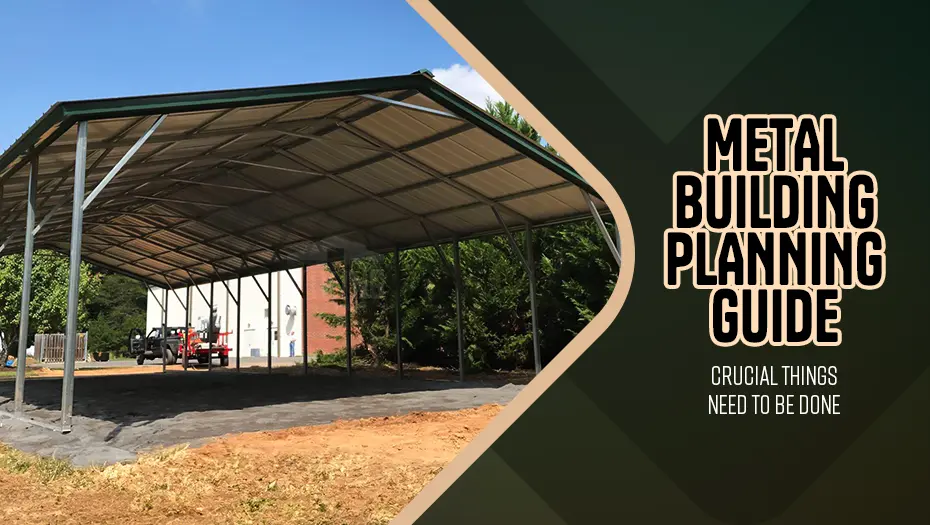
As with any other big project, buying and installing a metal building needs thorough planning. Better pre-planning will ease the construction process, and you will get your building ready within a few weeks. Further, keeping a note of key points helps you gain insight into the process seamlessly.
So, do you need some help selecting a practical steel building? Check out our compact guide for legal and design information below.
Crucial Things That You Need To Consider During Metal Building Planning
You have planned for a steel building but don’t know where to begin. That’s okay; let’s have a look at some of the prerequisites for steel structures.
Go Through All Legal Requirements
IBC: International Building Codes is a set of guidelines released lastly in 2021. It is a general set of instructions for building any property on your land. You can check out their ‘Chapter-22 Steel’, which deals with the minimum requirement for the design & installation of steel structures. You can think of it as a road map for technical requirements for steel structures.
Local building codes | Zoning law | HOA: These codes vary with county and state. It basically dictates what structure can be built on your property. It sets limitations on size, shape, height, type, and use.
The municipal corporation usually performs zoning laws. It is divided into four categories – residential, commercial, industrial, and agricultural.
Permit: This is legal permission to build a structure on your property. You will need to submit a site plan, schedule an appointment for approval, schedule an inspection, and finally complete your project and get approved. The site inspector will inform you if any design changes are needed.
Utility system: It includes electricity, water, gas, sewerage, etc. If you haven’t already, you need to hire a contractor to install utility lines for your building before construction begins.
Consider Prepping Up Your Site
Remove debris: You must remove any plantation, rocks, boulders, tree branches, or twigs from your metal structures installation site.
Level ground: Ensure that you level your installation area. It will make your foundation stable and more durable.
Proper drainage: While we are at the point of preparing the site. Ensure there is no water stagnation around your steel building, which may lead to moisture built-up or rusting.
Easy access to construction crew: Choose a place where the construction crew can bring in raw material trucks and easily unload them. If the crew has to walk or carry materials from far away, it may incur extra charges. Also, it will delay the installation.
Extra space for overhangs, window panels & future expansion: Be mindful when deciding a place for installation. Choosing a location on your property with open access on all sides is best. This feature will make it effortless to open outwards overhangs and window shutters. For more details, dial (704) 579-6966 today.
Metal Building Structural Design
Budget: How much you would like to spend on your metal structure? Have a clear number in your mind & stick with it. If you are having difficulty, you can divide your list into two categories – need and wish list. Keep add-ons that are not necessary on your ‘wish list.’ Only move to that list once the essential list is completed.
Orientation to the sun: Do you want sunrays to enter your building or live in a relatively moderate climate and need limited sunshine inside your metal structure? For the latter case, you can place your building on the southwest side of your structures.
Size: The bigger your building is, the more time it will take to erect. You must measure your lot area before buying a metal building. Some popular sizes are as follows:
- 20 ft. wide x 36 ft. length x 10 ft. high
- 42 ft. wide x 31 ft. length x 14 ft. high
- 50 ft. wide x 60 ft. length x 12 ft. high
Height: Usually, metal structures are up to 20 ft. high, but you can make it as tall as 40 ft. You can talk to our customer support team to know more about it. Note that in some areas, local jurisdiction may put a limit on the height of your steel structures.
Roofing: You can opt for a regular, horizontal box-eave or vertical roof. Out of the three, vertical roofs are advised as they are much easier to clean & most durable. That’s why it is recommended for larger metal buildings.
Not just the type of roof but its pitch is also essential. If not restrained by local law, you can talk with your metal dealer to choose a desired pitch. Usually, in places with extreme snow, 1:12 pitch is advised.
Foundation: Your building base must be able to bear the weight of the overall structure. If your foundation fails, repairing it would be a heavy expense for you. Hence, ask an expert to grade your soil and recommend the best type of foundation based on your building size, use, and location.
Typical foundation types are – Simply leveled ground, dirt & gravel, asphalt, and concrete.
Jamb & frames for extra doors and windows: This is useful for larger metal structures. You must tell your steel builder about your add-ons so they can cut through the panels and make room for the window’s jamb & frame before installation.
After the installation is finished, you can go ahead and install your doors & windows panels.
Add-ons: Some accessories are necessities, such as insulation and a gutter with a downspout. They aid metal structures’ longevity by reducing the chances of condensation and moisture build-up.
You can go ahead and install vents, skylights, and solar panels on your roof to increase your steel building efficiency.
Aesthetics: Finally, if you don’t want your steel structure to give that typical industrial vibe, you can opt for external facades such as faux wood, brick, or stone veneer. You can also install curved metal panels with LEDs to display your emblem, picture, or logo.
Many metal builders these days offer color options. You can choose to go with a monotonous look or a two-tone color.
Order Your High-Quality Metal Building From Viking Barns Today For Durability That Lasts.
Interested in buying a steel building? Have a look at Viking Barns‘ excellent workmanship, which is available in almost 40 states in America. You can choose from a wide range of color options that match your existing property.
With our 15+ years of experience in this industry, we bring premium quality steel building to you at reasonable pricing. So, pick up your phone & call (704) 579-6966 now!
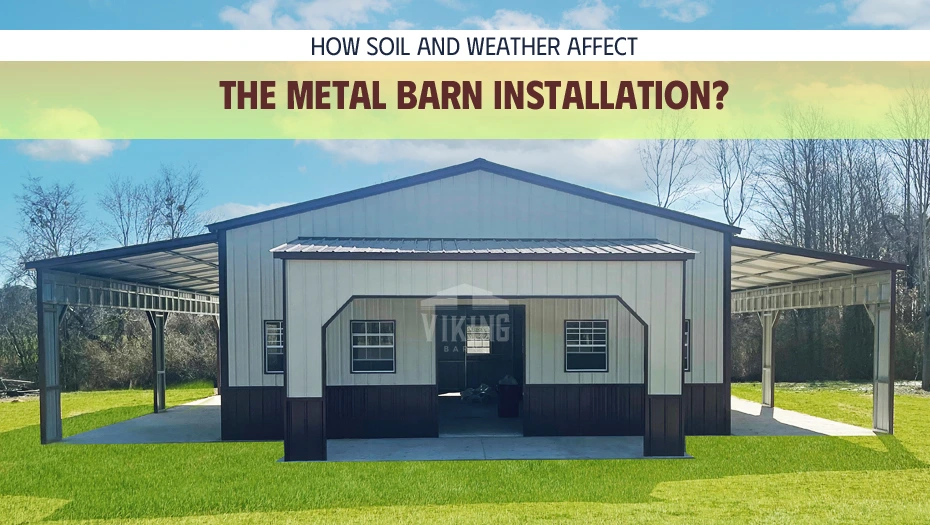

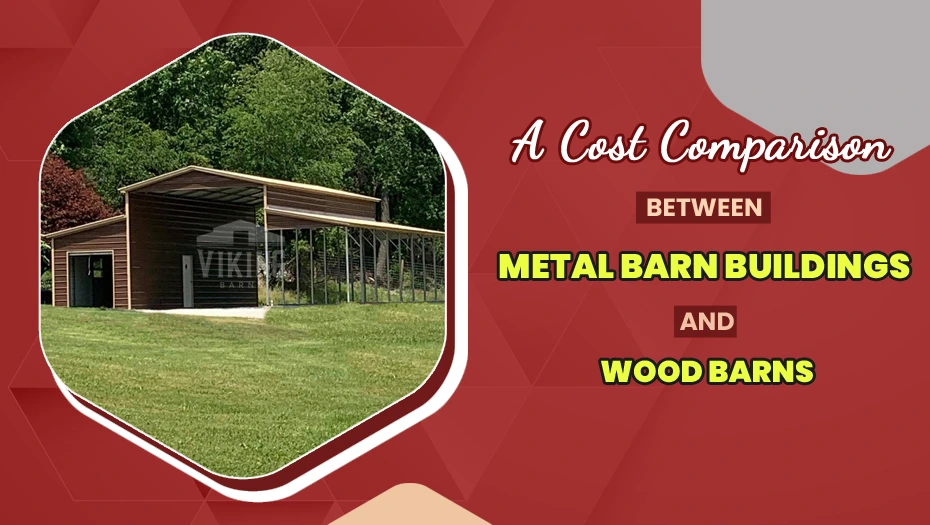
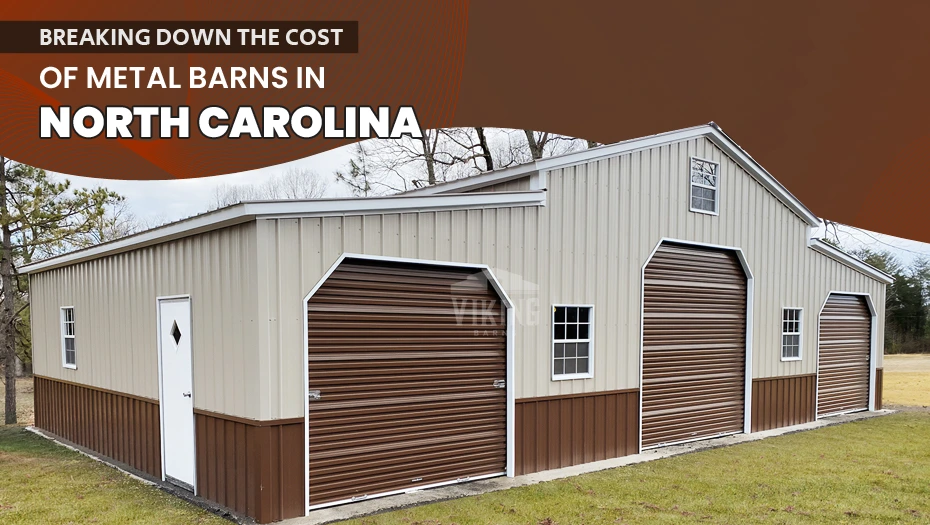
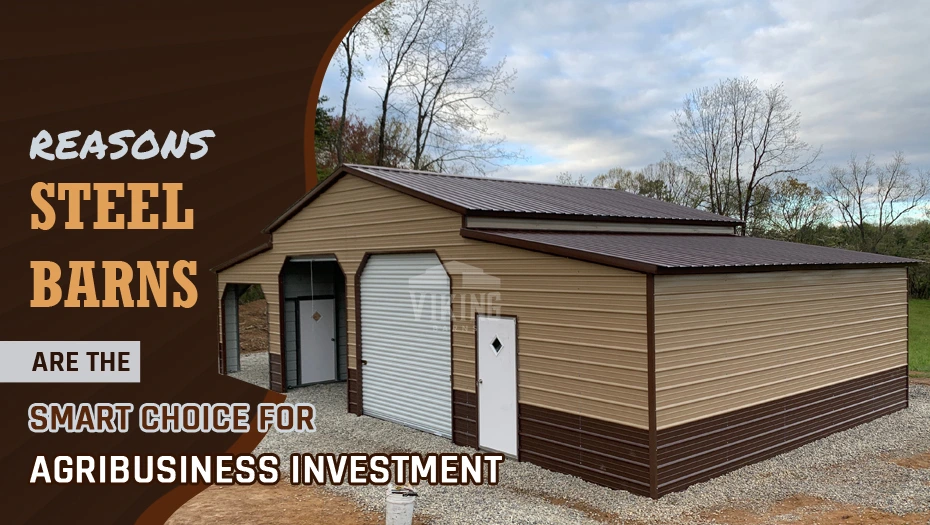
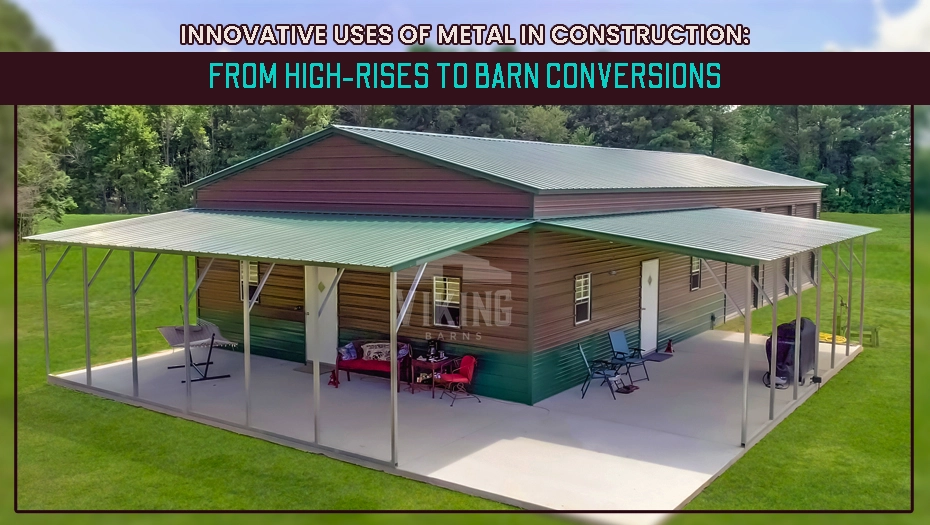
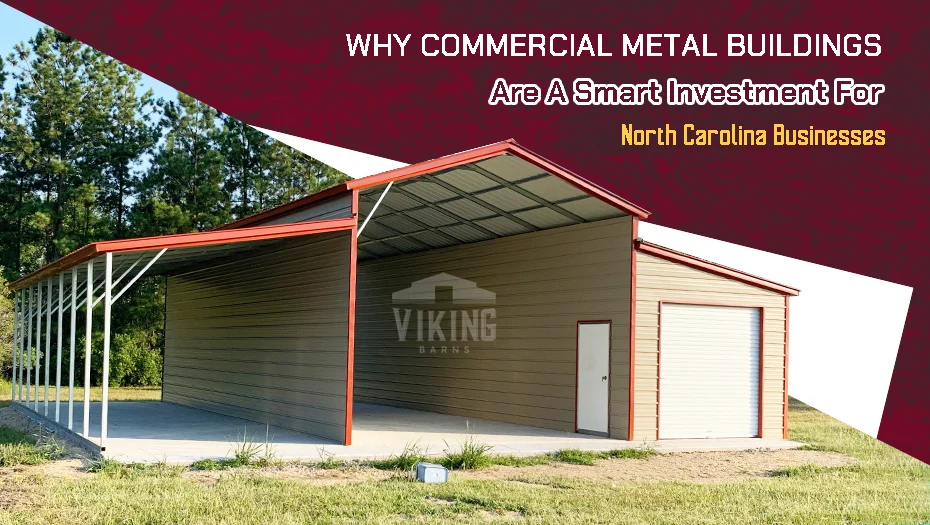
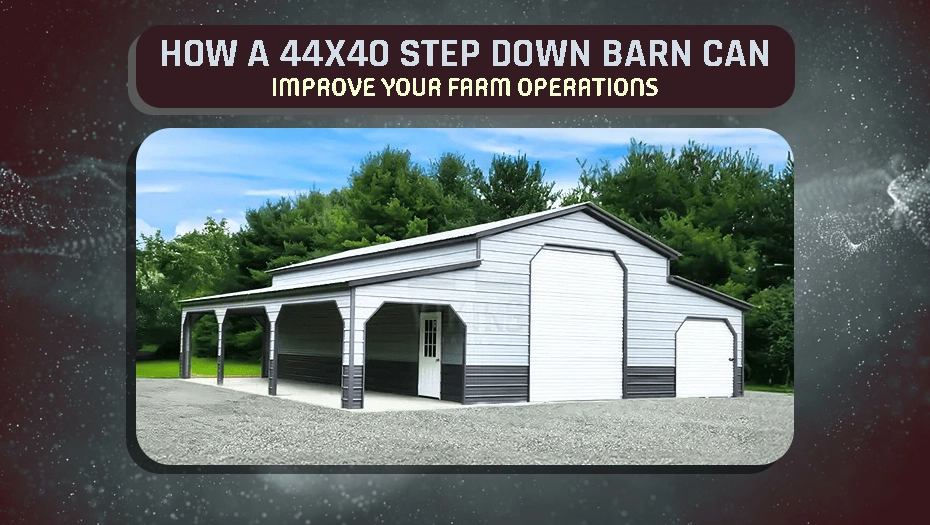
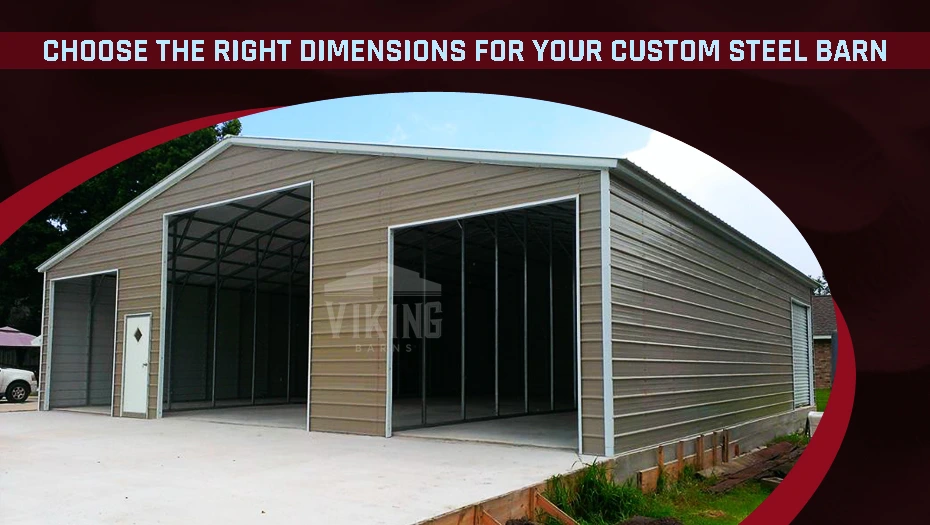
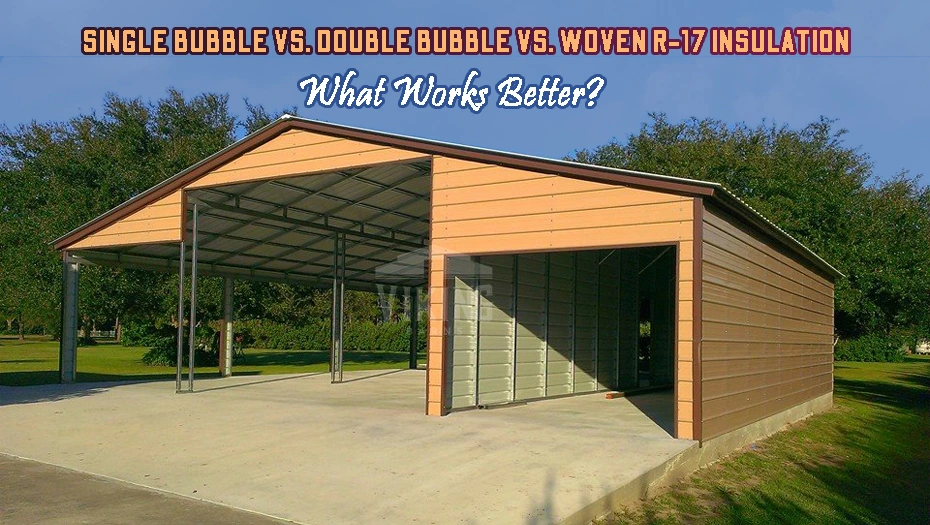
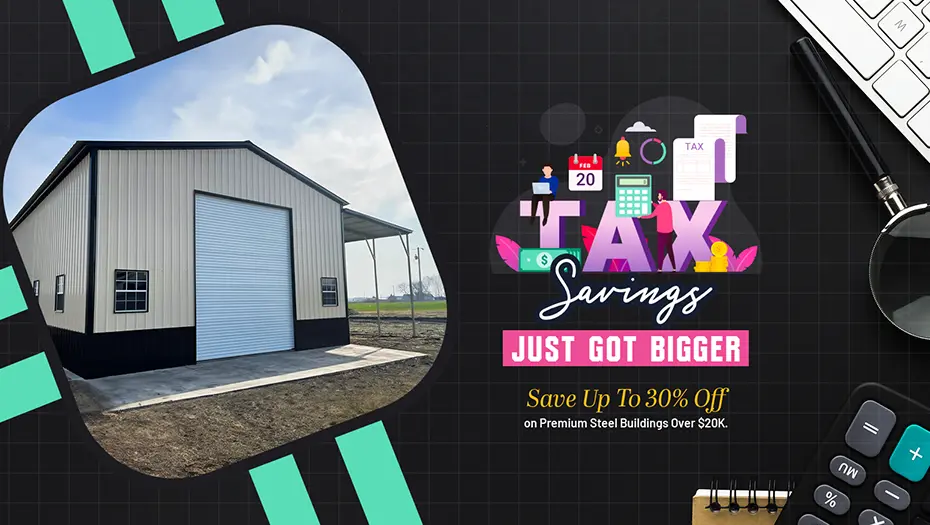


 Alabama AL
Alabama AL

 American Steel Carports Inc.
American Steel Carports Inc.